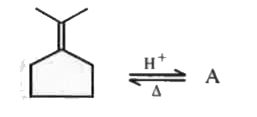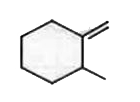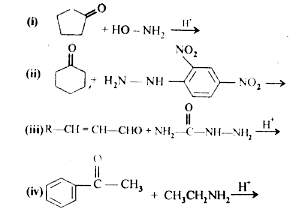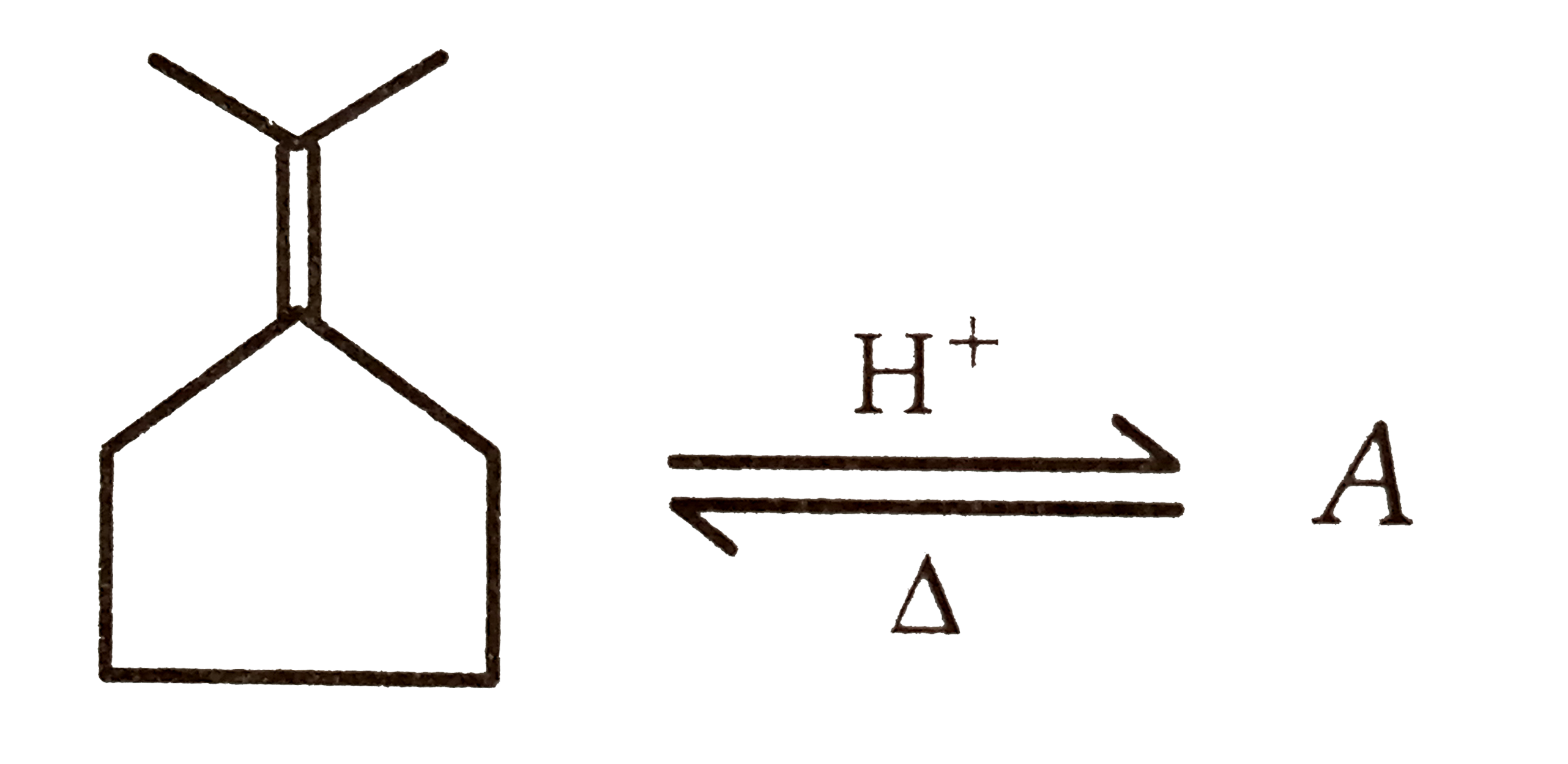Predict giving reason the outcome of the reaction LiI+KF→
To predict the outcome of the reaction between lithium iodide (LiI) and potassium fluoride (KF), we need to analyze the sizes of the ions involved and the potential products formed.
1. Identify the Reactants: The reactants are lithium iodide (LiI) and potassium fluoride (KF).
2. Determine the Ions Present:
- LiI dissociates into Li⁺ (lithium ion) and I⁻ (iodide ion).
- KF dissociates into K⁺ (potassium ion) and F⁻ (fluoride ion).
3. Analyze the Sizes of the Ions:
- Lithium ion (Li⁺) is small in size.
- Iodide ion (I⁻) is relatively larger.
- Potassium ion (K⁺) is larger than Li⁺.
- Fluoride ion (F⁻) is small in size.
4. Consider Ion Pairing:
- When we consider the potential products, we can think of the possible combinations of ions:
- Li⁺ can pair with F⁻ to form lithium fluoride (LiF).
- K⁺ can pair with I⁻ to form potassium iodide (KI).
5. Evaluate the Stability of the Products:
- LiF is stable due to the small size of both Li⁺ and F⁻, which allows for good overlap and strong ionic bonding.
- KI is also stable due to the larger size of both K⁺ and I⁻, which allows for effective ionic bonding as well.
6. Predict the Outcome:
- The reaction between LiI and KF will lead to the formation of lithium fluoride (LiF) and potassium iodide (KI).
- Therefore, the outcome of the reaction can be written as:
LiI+KF→LiF+KI
Conclusion:
The reaction results in the formation of lithium fluoride and potassium iodide due to the favorable ionic interactions based on the sizes of the ions involved.
- LiI dissociates into Li⁺ (lithium ion) and I⁻ (iodide ion).
- KF dissociates into K⁺ (potassium ion) and F⁻ (fluoride ion).
- Lithium ion (Li⁺) is small in size.
- Iodide ion (I⁻) is relatively larger.
- Potassium ion (K⁺) is larger than Li⁺.
- Fluoride ion (F⁻) is small in size.
- When we consider the potential products, we can think of the possible combinations of ions:
- Li⁺ can pair with F⁻ to form lithium fluoride (LiF).
- K⁺ can pair with I⁻ to form potassium iodide (KI).
- LiF is stable due to the small size of both Li⁺ and F⁻, which allows for good overlap and strong ionic bonding.
- KI is also stable due to the larger size of both K⁺ and I⁻, which allows for effective ionic bonding as well.
- The reaction between LiI and KF will lead to the formation of lithium fluoride (LiF) and potassium iodide (KI).
- Therefore, the outcome of the reaction can be written as:
LiI+KF→LiF+KI
The reaction results in the formation of lithium fluoride and potassium iodide due to the favorable ionic interactions based on the sizes of the ions involved.
Topper's Solved these Questions
- BOOK - PRADEEPCHAPTER - S-BLOCK ELEMENTS (ALKALI AND ALKALINE EARTH METALS) EXERCISE - Additional Questions (Very Short Answer Questions) Group 2 Elements - Alkaline Earth Metals17videos
S-BLOCK ELEMENTS (ALKALI AND ALKALINE EARTH METALS)
- BOOK - PRADEEPCHAPTER - S-BLOCK ELEMENTS (ALKALI AND ALKALINE EARTH METALS) EXERCISE - Additional Questions Short Answer Questions (Group 1 Elements - Alkali Metals)26videos
S-BLOCK ELEMENTS (ALKALI AND ALKALINE EARTH METALS)
- BOOK - PRADEEPCHAPTER - S-BLOCK ELEMENTS (ALKALI AND ALKALINE EARTH METALS) EXERCISE - NCERT EXEMPLAR PROBLEMS WITH ANSWERS , HINTS AND SOLUTIONS (Long Answer Questions)9videos
S-BLOCK ELEMENTS (ALKALI AND ALKALINE EARTH METALS)
- BOOK - PRADEEPCHAPTER - REDOX REACTIONS EXERCISE - Assertion reason type question16videos
REDOX REACTIONS
- BOOK - PRADEEPCHAPTER - SOLID STATE EXERCISE - Advanced problems19videos
SOLID STATE
Similar Questions
Knowledge Check
- Question 1 - Select One
Predict the product R in the reaction
 A1-MethylcyclopentanolB2-MethylcyclopentanolC2-MethylcyclopenteneDCyclohexane
A1-MethylcyclopentanolB2-MethylcyclopentanolC2-MethylcyclopenteneDCyclohexane - Question 2 - Select One
Predict the product (A) of the following reaction
 A
A B
B C
C D
D
- Question 3 - Select One
 , Predict major product of the reaction :A
, Predict major product of the reaction :A B
B C
C D
D
Predict the products of the following reactions :
 View Solution
View SolutionPredict the product Q of the following reaction :
 View Solution
View SolutionPredict the products of the following reactions:
 View Solution
View SolutionPredict the product of the following reaction :
 View Solution
View SolutionPredict the product (A) of the following reaction
 View Solution
View Solution



